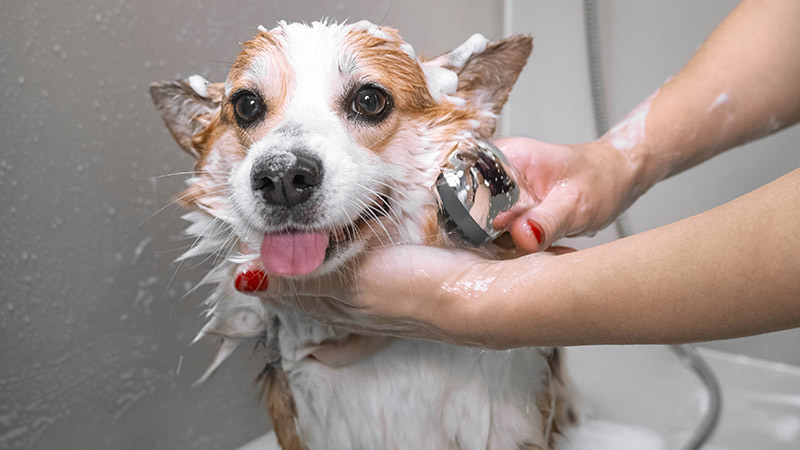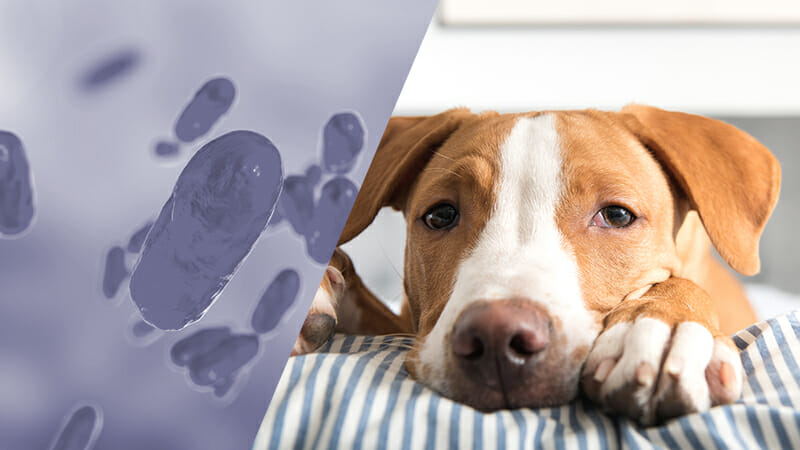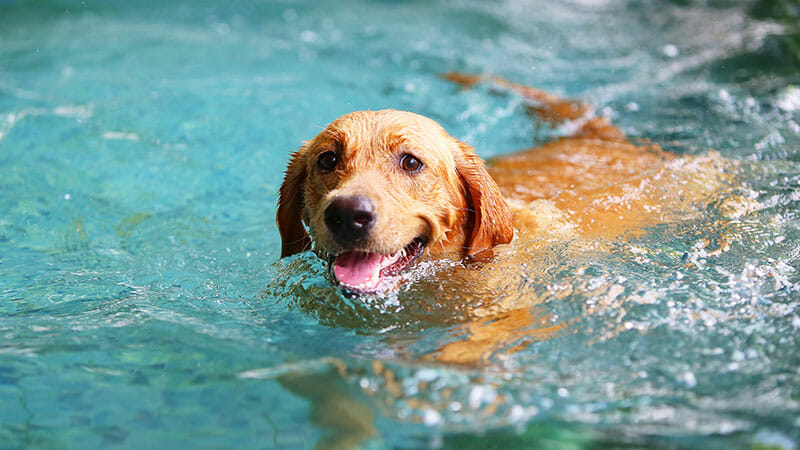Bathing your dog is more than just a good way to keep your pup looking and smelling their best—it provides an opportunity for you to check for any new nicks, bumps, lumps, fleas, and irritations. But how often should you consider giving your dog a bath? How much is too much, and how little is too little?
These are the most important factors to consider when deciding how often to bathe your dog:
Hair Length: If your dog has long hair or a hair type that’s more susceptible to trapping dirt, debris, and oils, they need to be bathed more often than dogs with shorter hair.
Activity Level: Dogs who spend most of their time indoors and don’t tend to dig or roll around when they’re outside will stay cleaner than dogs who spend a lot of time playing outdoors.
Allergies and Skin Conditions: If your dog has any skin allergies or health conditions that affect their skin, your vet will likely recommend bathing them more or less frequently. In this situation, it’s best to listen to the advice of your vet and stick to a bathing schedule they’ve approved.
Most vets recommend bathing your dog at least every 2-3 months. If you notice your pup’s starting to smell or feel greasy, it’s time to break out the shampoo. But beware—frequent baths can irritate your dog’s skin and lead to irritation, dryness, and other problems. So, make sure you aren’t overdoing it!
How to Bathe Your Dog
Most dogs don’t particularly enjoy bath time, so it’s important to make the experience as fun as possible for them. High-value treats, like hotdogs or deli meats, are a great way to get your dog excited about bath time.
Remember: If your dog gets stressed or starts fidgeting, stay calm and wait until they’re settled again before continuing. Your goal should be to make bath time a stress-free experience, and that might mean a few false starts in the beginning. But, in the long run, positive reinforcement can help you win them over.
1. Buy Your Supplies
It’s important to use shampoos and conditioners formulated specifically for dogs. If you can find all-natural, hypoallergenic formulations, that’s even better!
If you’re using a tub, make sure you have a nonslip mat to keep your dog from slipping. It’s also good to have cotton balls to block water from entering her ears.
2. Brush Your Dog Thoroughly
This will save you a lot of work during the bath. Brushing beforehand removes excess hair and can loosen up dirt and grime, making it easier to wash away.
3. Pick Your Bath Spot
Whether you’re using a sink, a tub, a kiddy pool, your patio, or another spot, it’s important to be consistent. This helps your dog learn what to expect. If your pup isn’t the biggest fan of bath time, try spreading peanut butter on a lick pad and placing it in front of them so they have something to keep them occupied and distracted.
4. Gather Your Supplies Before You Start
Come prepared! Place all your supplies within easy reach before you get started. The last thing you want to be doing is running around looking for that scrubber you need.
5. Check the Water Temperature
Lukewarm water is best for dogs, so try to avoid cold and hot water.
6. Lather and Rinse
Our favorite method is starting at the paws and working our way up to their back and face. It cuts down on shaking and gives the shampoo less time to drip into their eyes and ears. When you’re ready to rinse, start at the head and work your way back until the water runs clear.
7. Towel Off
Try using a microfiber towel or another super absorbent towel to cut down on shaking and help your pup dry off faster. If your dog will tolerate a blow dryer, you could also try that! Just be sure it isn’t too hot.
When a Traditional Bath Isn’t an Option
If your dog hates baths or if you’re out of time and in a pinch, there are alternatives to traditional baths. Try bath wipes formulated specifically for dogs, waterless shampoos, or pet odor neutralizers. Paired with a good brushing, these methods are fantastic alternatives and offer a comparable clean.
A fourth alternative using a dog bathing service like Lucky Dog. If your dog is nervous, trust the expert bathers at Lucky Dog. They specialize in working with all dogs and take extra steps to make the experience as stress-free as possible.
What’s the Final Word?
Excessive bathing can be harmful to your pet’s skin and coat. It strips their skin of the natural oils they need, which could result in a dry, dull coat and skin irritation. So, if you need to bathe your dog more than once a month, make sure you’re using a gentle, moisturizing shampoo that helps to replenish their natural skin oils.
If you’re still unsure about how often you should bathe your dog, your veterinarian or groomer can help. They’ll take your dog’s breed, health, and lifestyle into consideration and provide a personalized recommendation.




